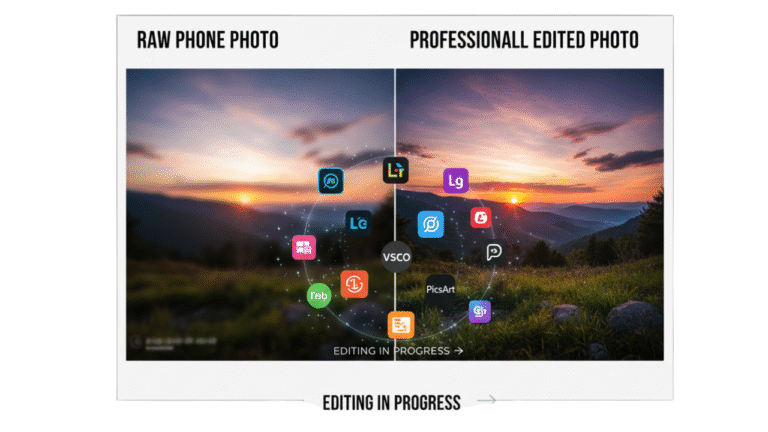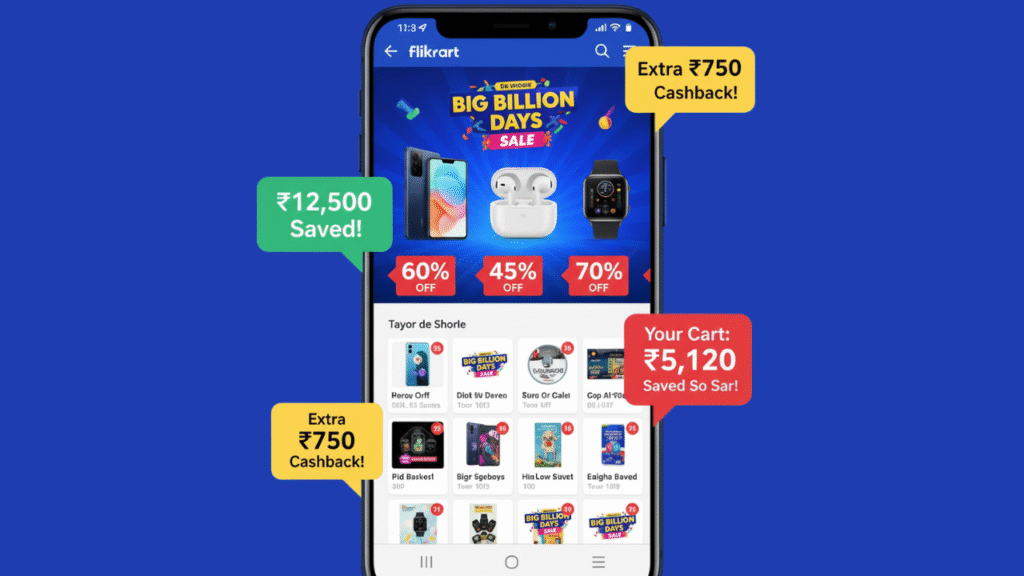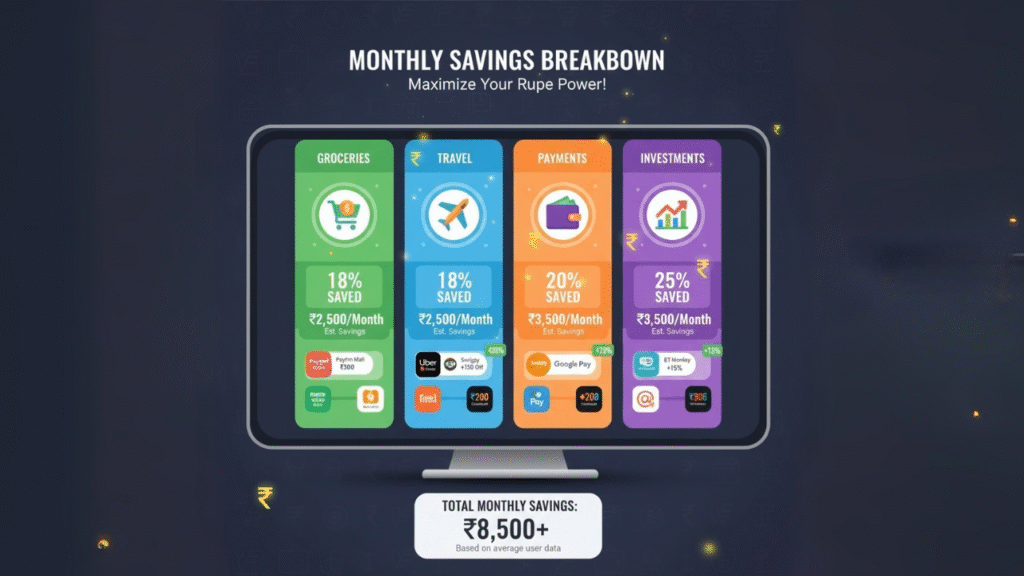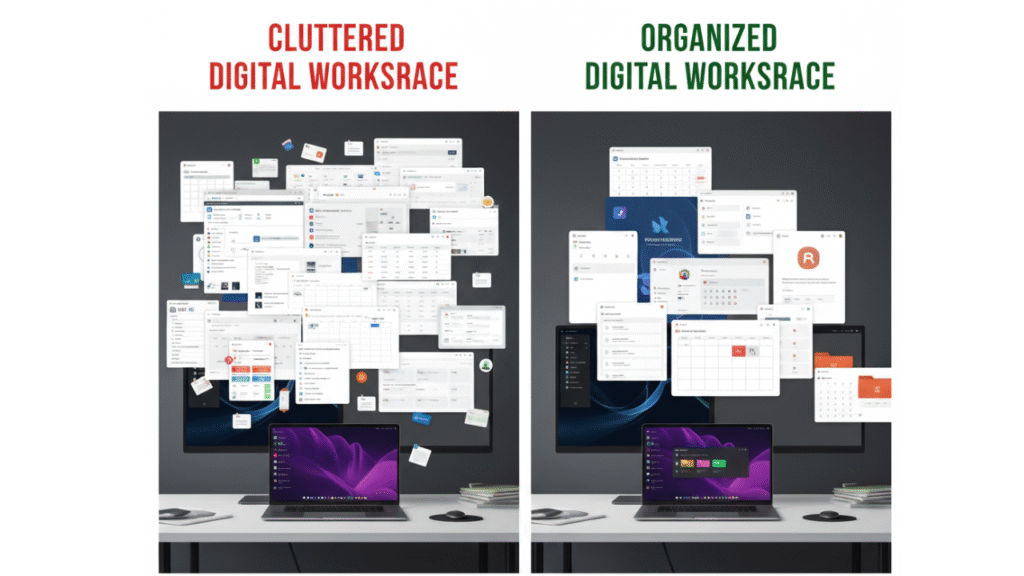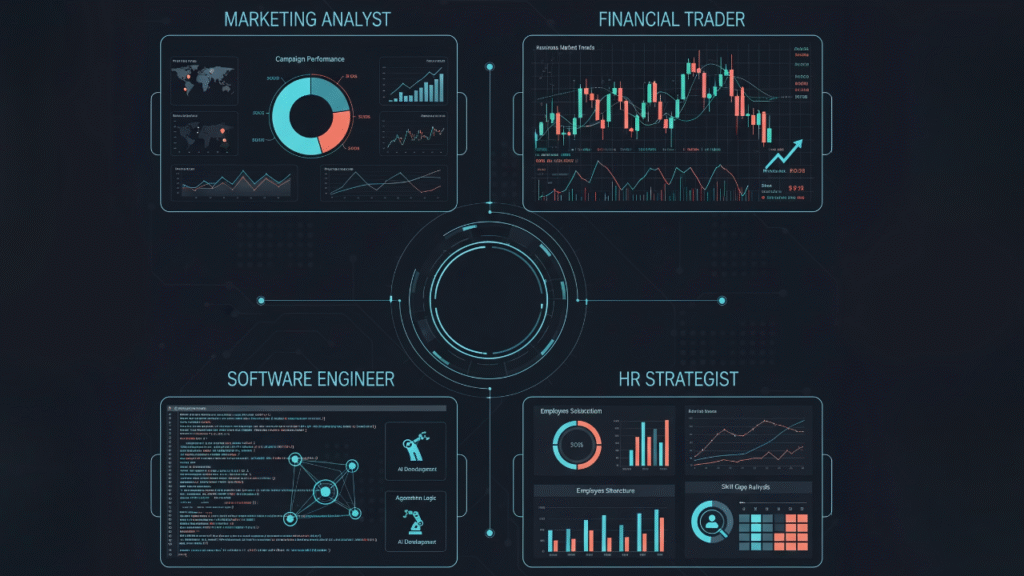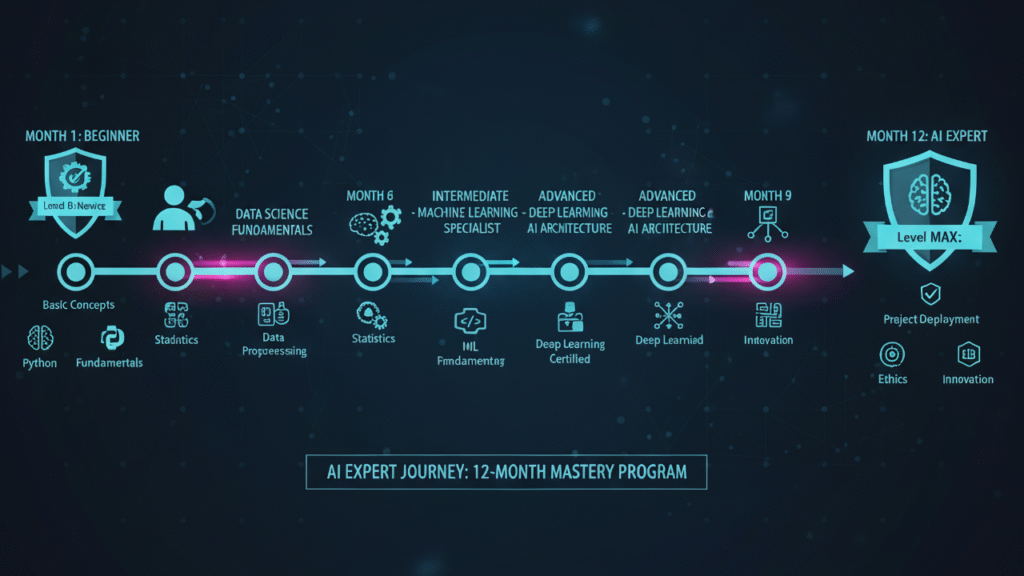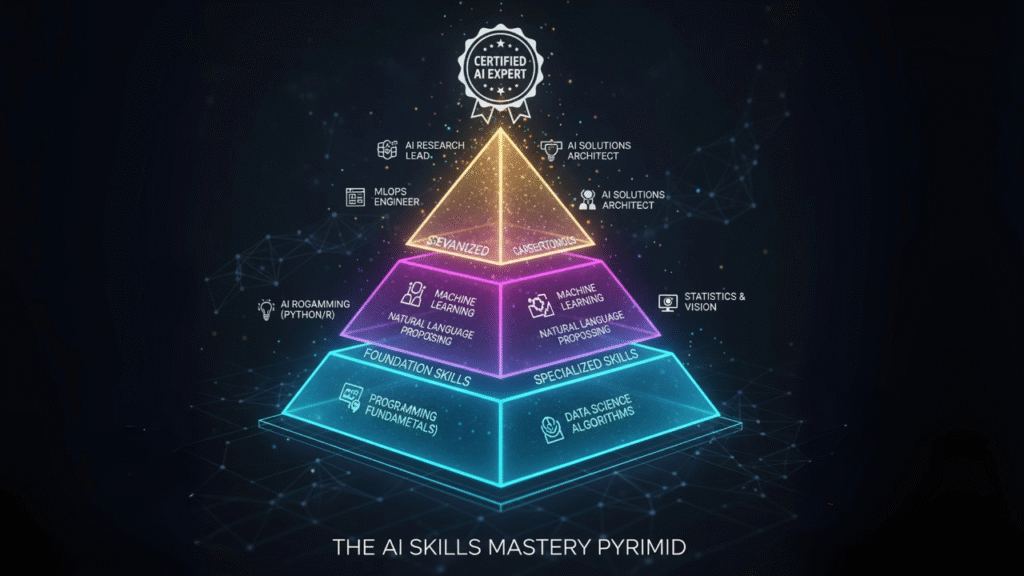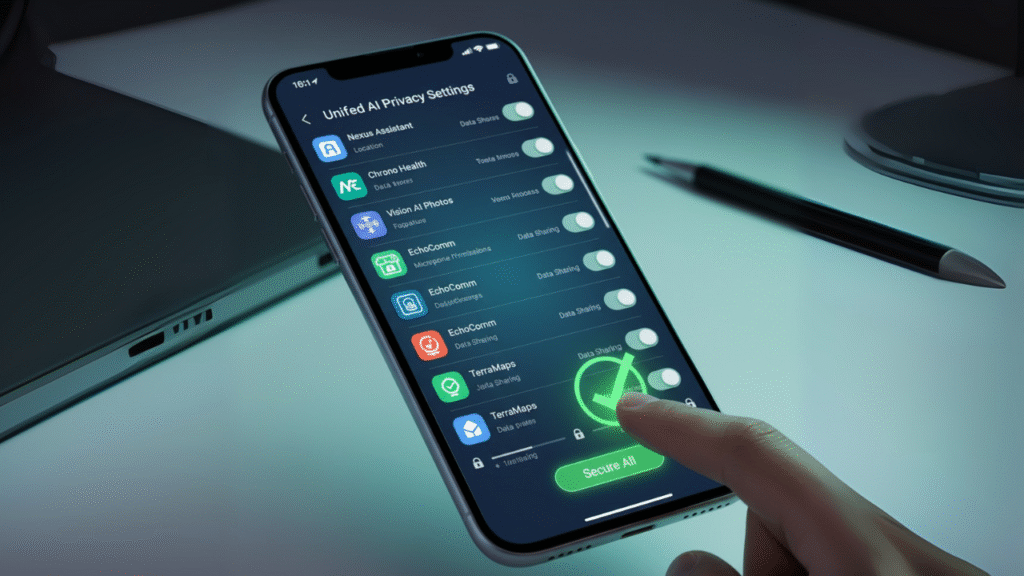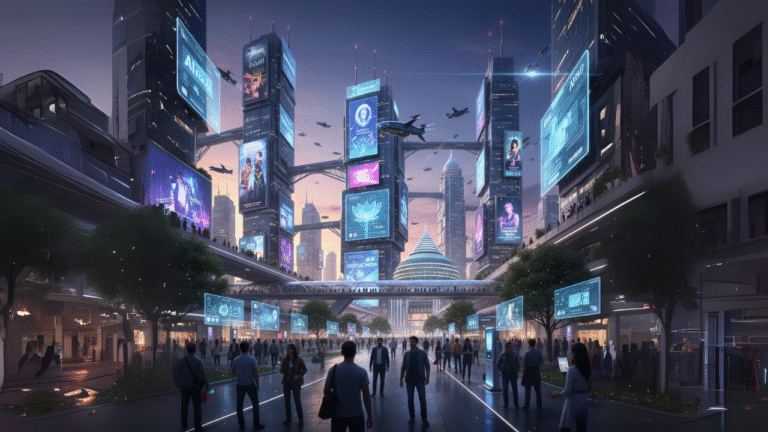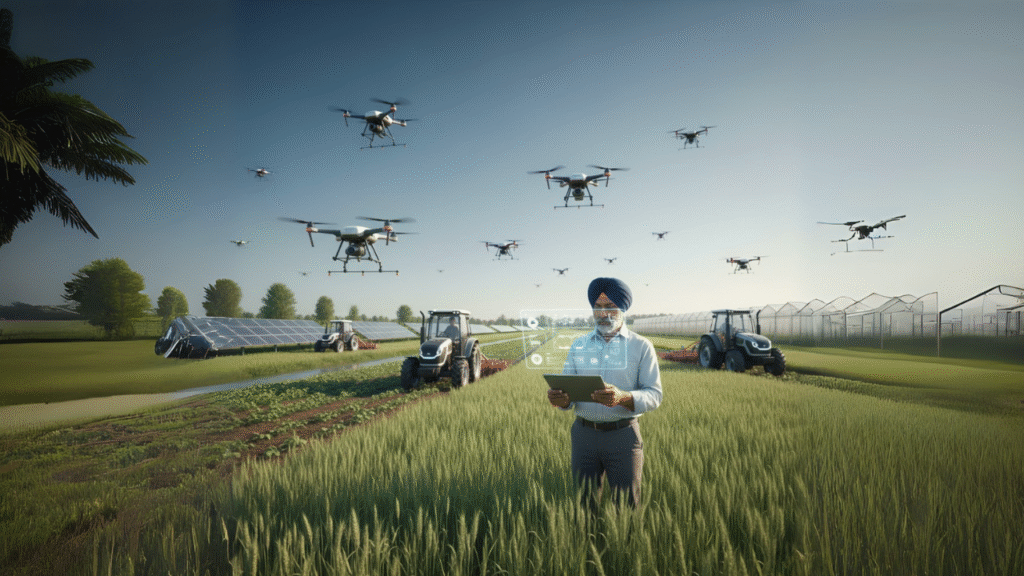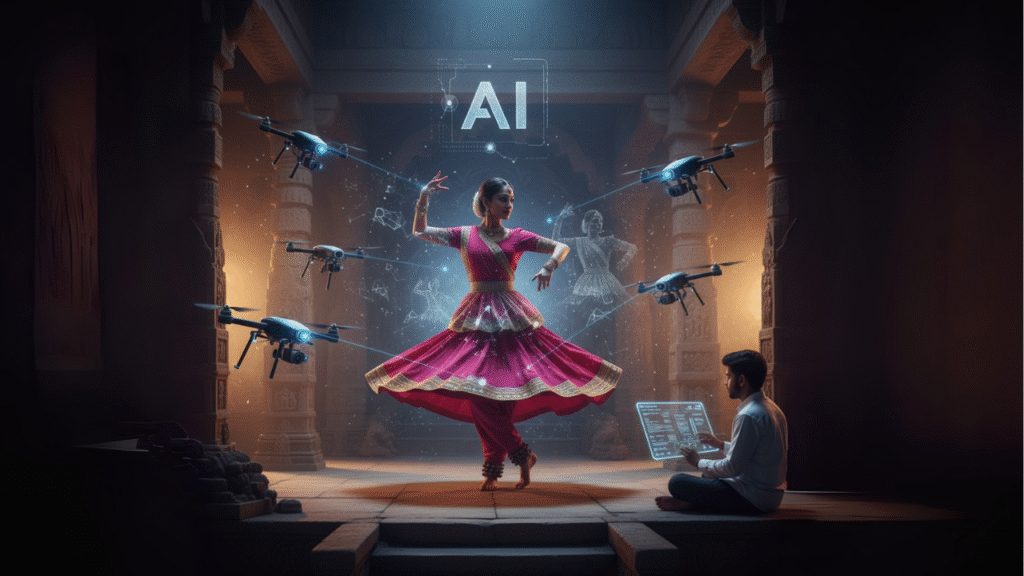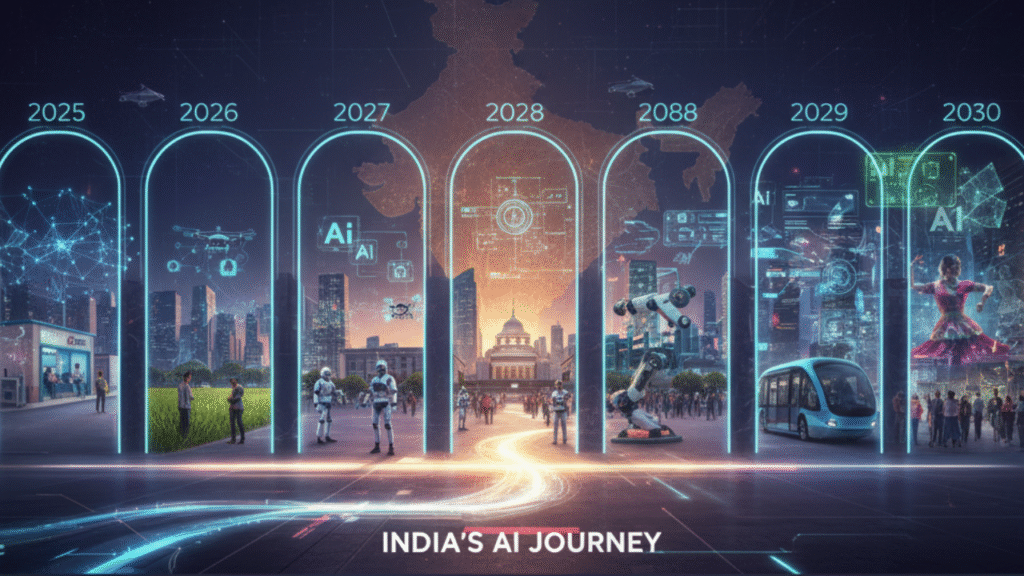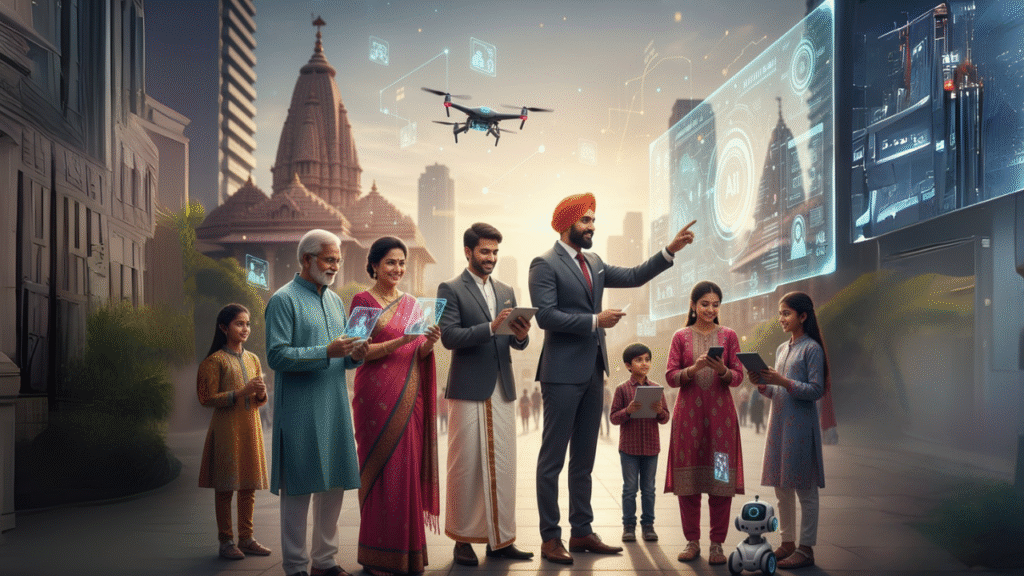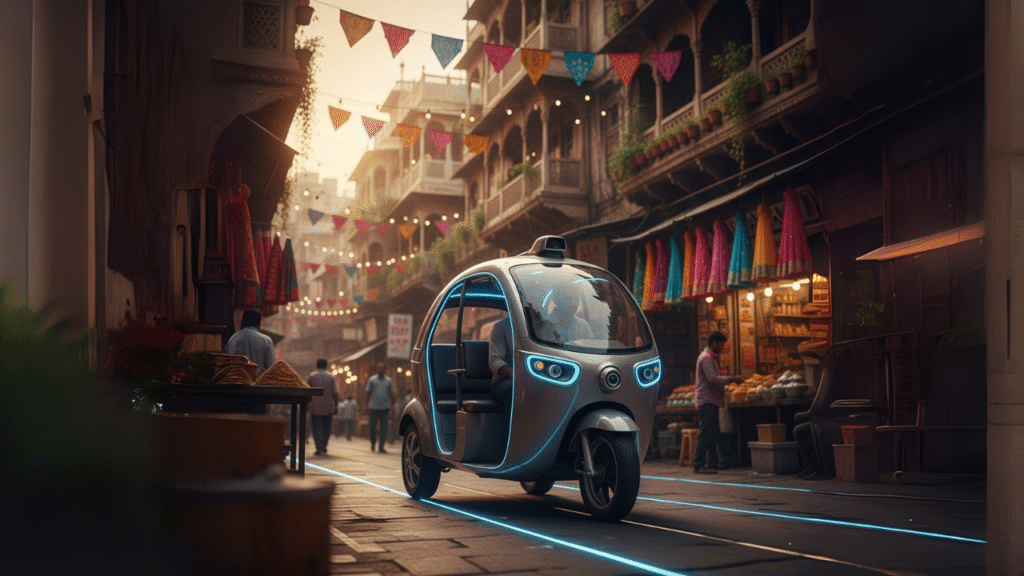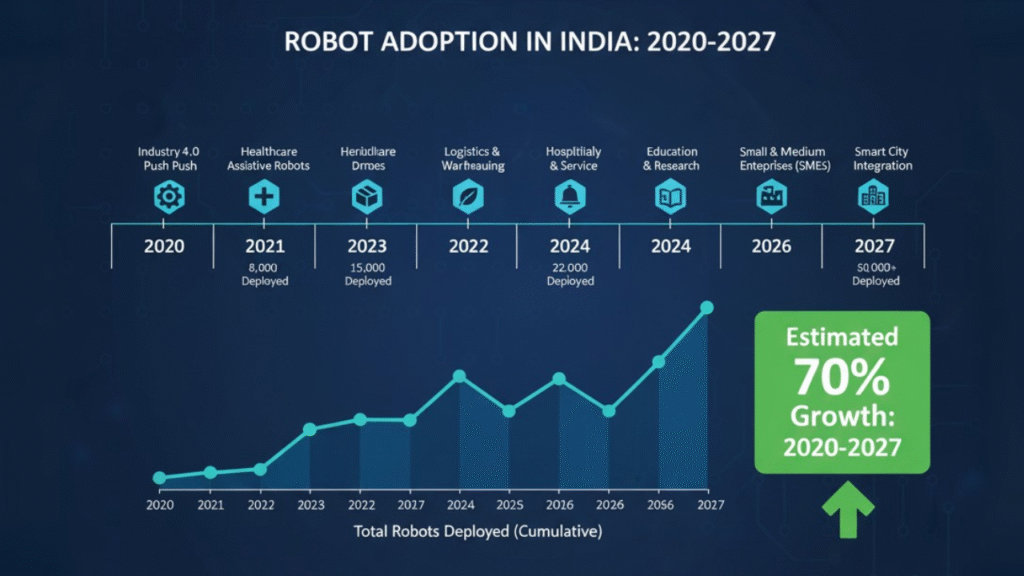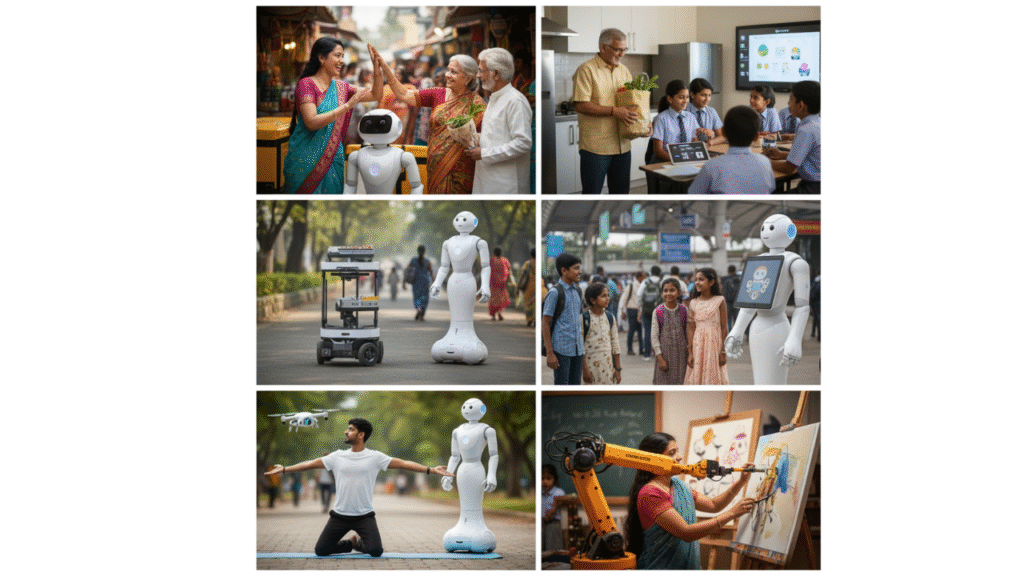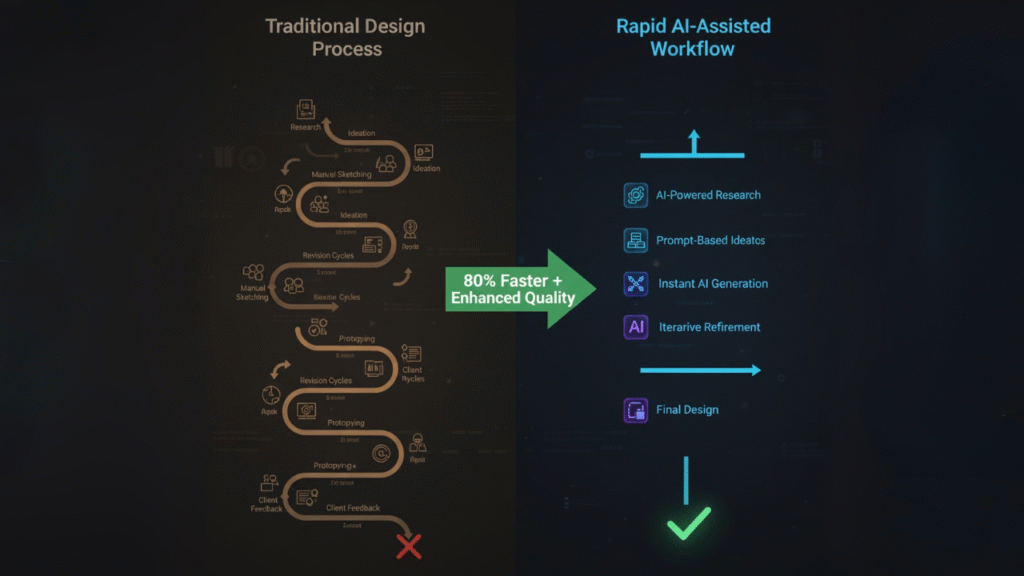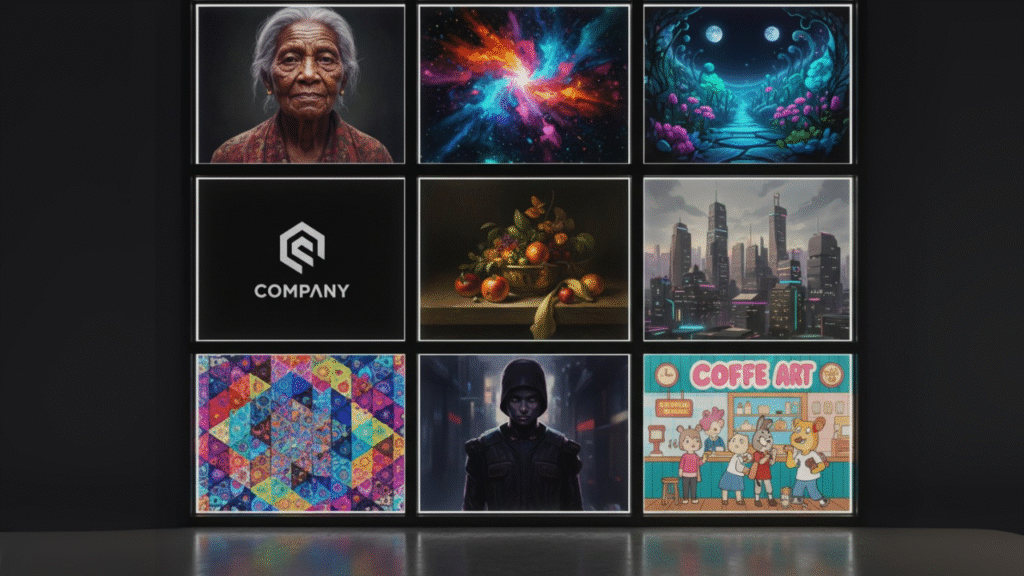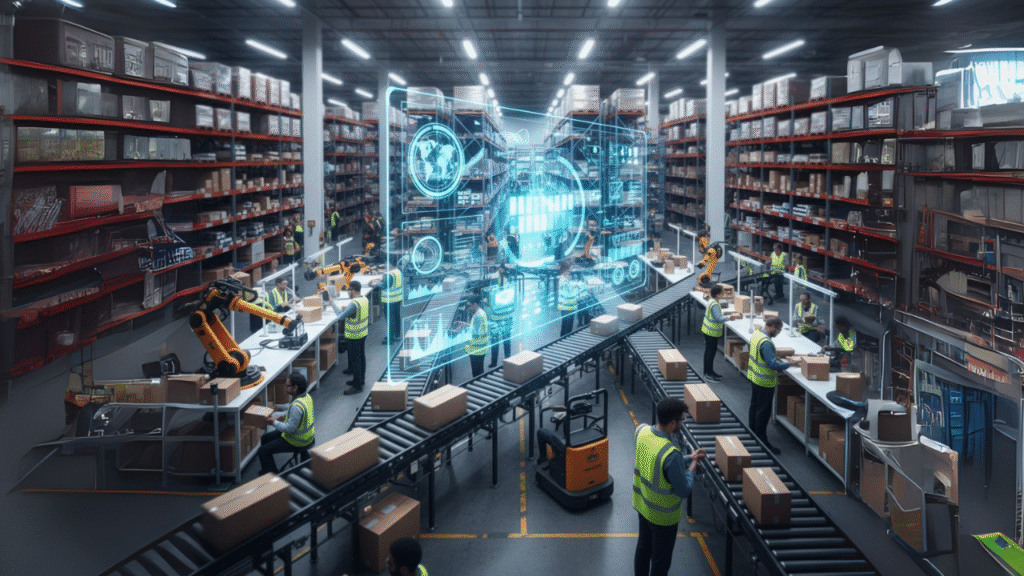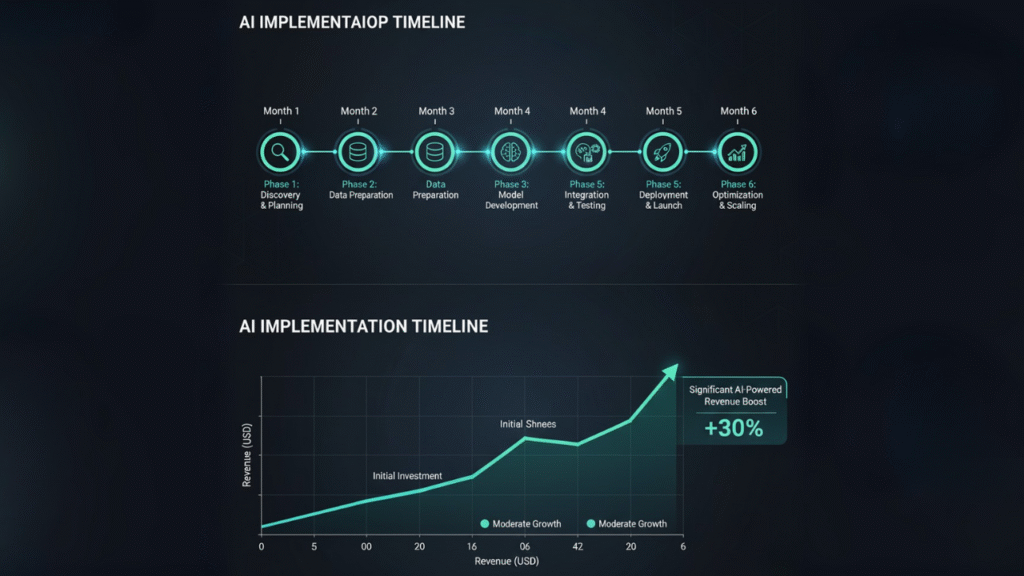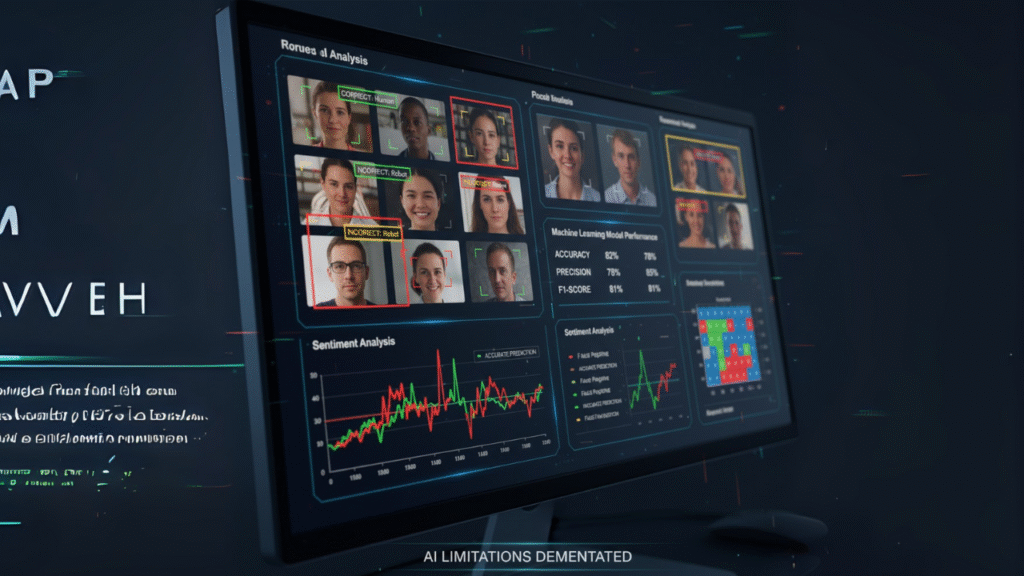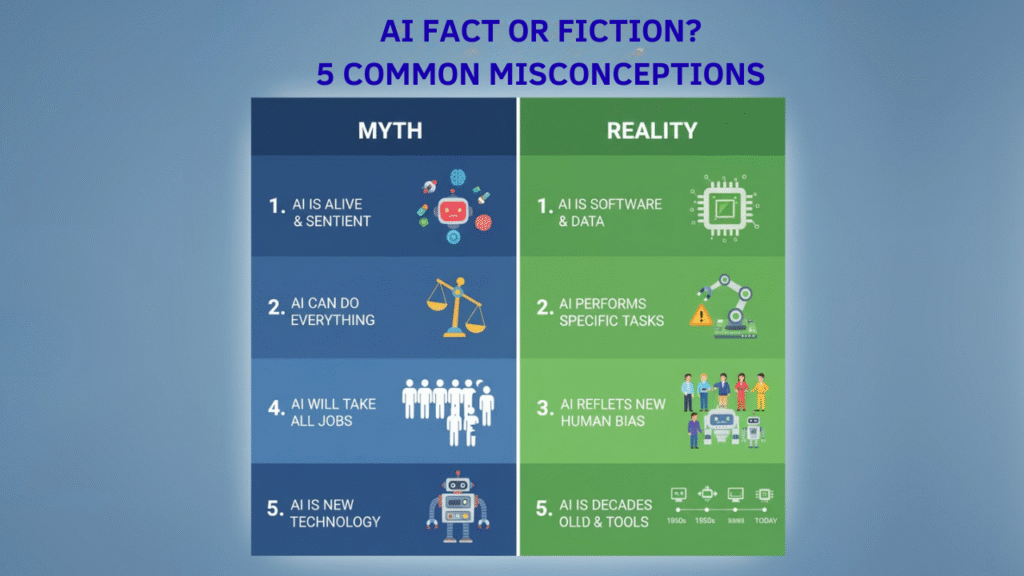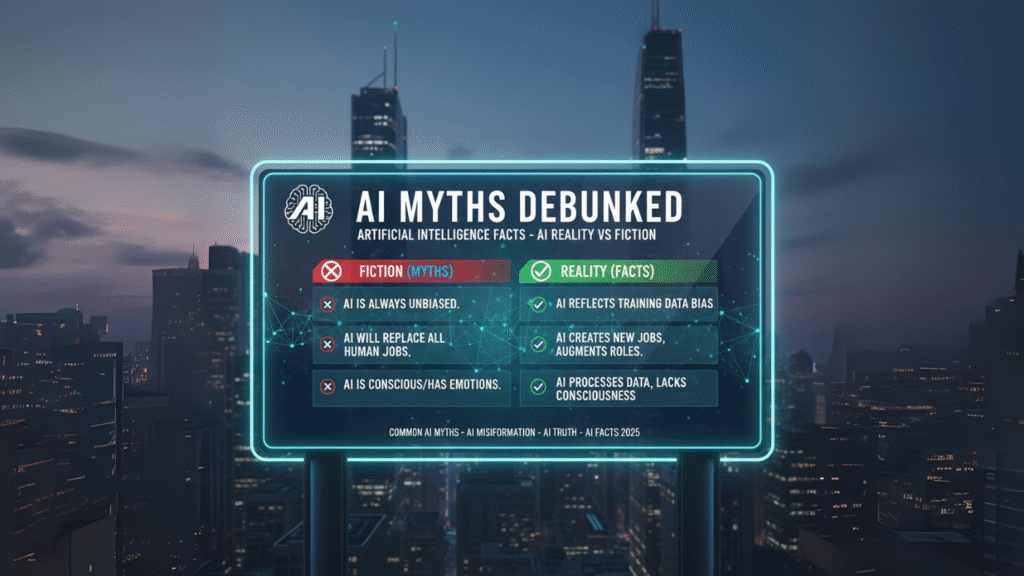90% of viral Instagram photos are edited on mobile apps, not expensive desktop software or professional cameras. 📸 The secret behind those stunning feeds isn’t just good lighting or expensive equipment – it’s knowing which mobile photo editing apps to use and how to use them effectively.
Whether you’re a content creator struggling with dull smartphone photos, a small business owner needing professional-looking product images, or simply someone who wants their vacation pictures to look amazing, the right photo editing app can transform your visual content from amateur to extraordinary. With over 500 photo editing apps available, choosing the right ones can be overwhelming.
These 10 carefully selected apps – from powerful free options to premium tools used by professional influencers – will give you everything needed to create Instagram-worthy photos that capture attention, drive engagement, and make your content stand out in crowded social media feeds.
Free Photo Editing Powerhouses
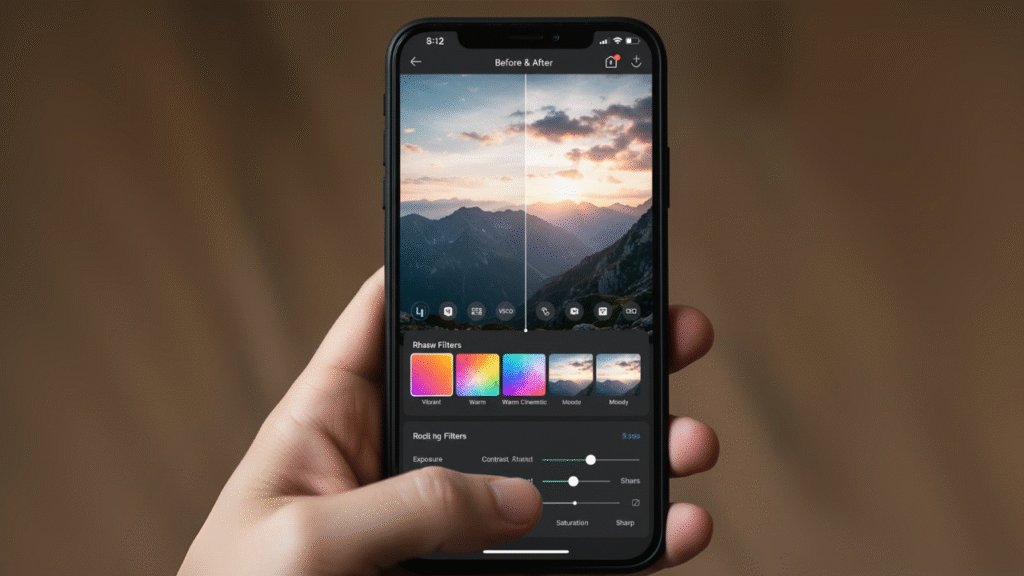
Snapseed – Google’s Professional Editor
Snapseed remains the gold standard for free mobile photo editing, offering desktop-level controls in a user-friendly interface. The app excels at precise adjustments with tools like selective editing, where you can adjust brightness, contrast, and saturation on specific parts of your photo without affecting the entire image.
Key Features: RAW file support, healing tool for removing unwanted objects, perspective correction, and professional-grade curves adjustment. The best part? It’s completely free with no watermarks or premium upgrades.
Perfect For: Landscape photography, architectural shots, and anyone wanting precise control over their edits.
VSCO – The Influencer’s Choice
VSCO built its reputation on film-inspired filters that give photos that coveted analog look. The app’s minimalist interface focuses on enhancing photos naturally rather than creating over-the-top effects that scream “filtered.”
Standout Features: High-quality preset filters, advanced editing tools, and a built-in community for inspiration. The free version includes 10 professional-grade filters that many paid apps can’t match.
Best Use Cases: Portrait photography, lifestyle content, and maintaining a cohesive Instagram aesthetic.
Canva – Beyond Basic Editing
While known for graphic design, Canva’s photo editing capabilities are impressive. The app combines photo enhancement with graphic overlay features, making it perfect for creating social media content that includes text, logos, or decorative elements.
Unique Advantages: Pre-sized templates for different social media platforms, extensive font library, and ability to create branded content consistently.
PhotoRoom – AI-Powered Background Magic
PhotoRoom’s AI technology automatically removes backgrounds with remarkable accuracy, creating studio-quality portraits without professional equipment. The app has revolutionized product photography for small businesses and e-commerce sellers.
Game-Changing Feature: One-tap background removal that works on complex images, including hair details and transparent objects that typically challenge other apps.
Lightroom Mobile – Adobe’s Free Powerhouse
Adobe’s mobile version of Lightroom offers surprisingly robust editing capabilities in the free tier, including RAW processing, cloud synchronization, and professional-grade adjustment tools.
Professional Features: Tone curve adjustments, HSL (Hue, Saturation, Luminance) controls, and seamless integration with desktop Lightroom for advanced workflows.
Premium Apps Worth the Investment

Adobe Photoshop Mobile – Desktop Power on Mobile
Monthly Cost: ₹600 | Annual Savings: ₹1,200 (yearly plan)
Photoshop Mobile brings layer support, advanced retouching capabilities, and professional compositing tools to smartphones. For content creators earning money from their visuals, the subscription pays for itself through enhanced content quality.
ROI Justification: Professional-looking content can increase engagement rates by 40-60%, directly translating to higher sponsorship rates and business opportunities.
Facetune2 – Portrait Perfection
Monthly Cost: ₹300 | Best For: Beauty and lifestyle content
Facetune2 specializes in portrait enhancement with sophisticated skin smoothing, teeth whitening, and facial feature adjustment tools. While controversial, when used subtly, it creates polished portraits for professional profiles.
Value Proposition: Essential for beauty influencers, professional headshots, and dating profile photos where presentation matters.
Afterlight – Vintage Film Effects
Monthly Cost: ₹250 | Specialty: Film photography aesthetics
Afterlight offers authentic film emulation with grain, light leaks, and vintage color grading that gives photos genuine analog character rather than digital approximations.
PicsArt Gold – Creative Playground
Monthly Cost: ₹500 | Features: Advanced creative tools, extensive sticker library, and collage capabilities
PicsArt Gold provides unlimited access to creative elements, making it ideal for social media content that needs eye-catching graphics and artistic effects.
Darkroom – Professional iOS Editor
Monthly Cost: ₹400 | Platform: iOS exclusive
Darkroom offers batch editing capabilities and professional controls optimized for iPhone photography workflows, making it perfect for photographers managing large photo volumes.
Specialized Editing Categories
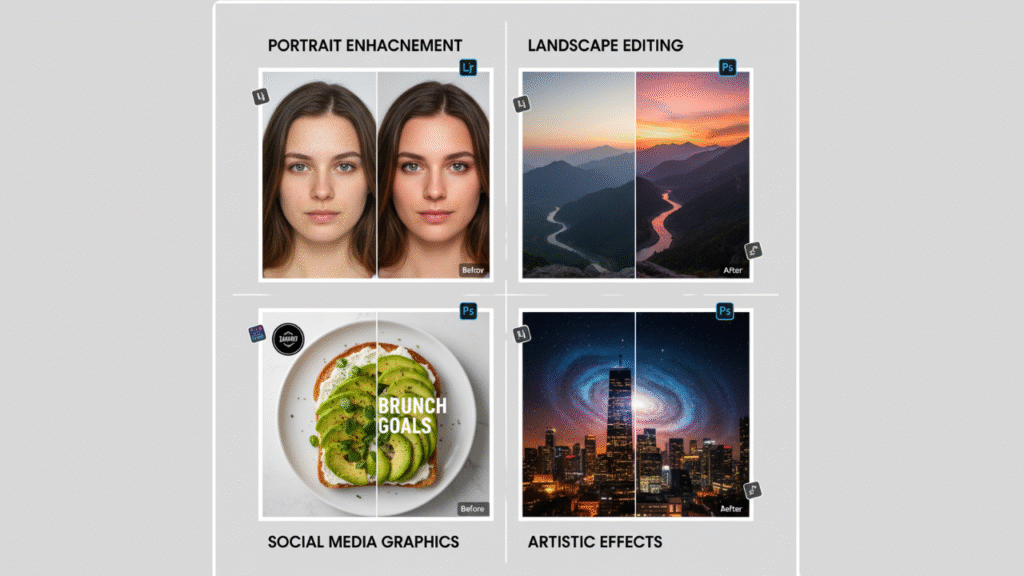
Portrait Photography Specialists
Facetune2 leads portrait editing with sophisticated facial enhancement tools. AirBrush offers one-tap beauty filters, while Beauty Plus provides real-time editing during photo capture.
Landscape Photography Excellence
Lightroom Mobile excels at landscape enhancement with graduated filters and radial adjustments. Luminar Mobile offers AI-powered sky replacement, and RNI Films provides authentic film emulation for outdoor photography.
Social Media Content Creation
Canva dominates social media templates and branding consistency. Over specializes in typography overlay, and Unfold creates engaging story templates for Instagram and TikTok.
Creative and Artistic Effects
Prisma transforms photos into artwork using neural networks. Artisto applies artistic filters to videos, and DeepArt creates museum-quality artistic interpretations of photographs.
Professional Photography Workflows
The Adobe Creative Suite integration between mobile and desktop versions enables seamless professional workflows. Affinity Photo provides desktop-level capabilities without subscription costs.
Pro Tips for Maximum Results

Optimal Editing Workflow
- Basic Adjustments: Start with exposure, highlights, shadows, and white balance
- Color Grading: Apply filters or manual color adjustments
- Detail Work: Sharpening, noise reduction, and spot removal
- Final Touches: Cropping, vignetting, and output optimization
Common Beginner Mistakes
Over-saturation ruins photo realism – keep color adjustments subtle. Excessive sharpening creates unnatural artifacts. Heavy-handed skin smoothing makes portraits look artificial. Inconsistent editing styles confuse your audience and weaken brand identity.
Consistency for Social Media Branding
Develop a signature editing style using consistent filter settings, color palettes, and composition approaches. Save custom presets in apps that support them. Batch edit similar photos to maintain visual coherence across your content.
Efficiency Strategies
Use batch editing features for multiple similar photos. Create and save custom presets for different photo types. Organize photos before editing to streamline workflow. Back up edited photos to cloud storage to prevent loss.

Transform Your Photos Starting Today
The journey from amateur to professional-looking photos begins with choosing the right tools for your needs and skill level. Start with 2-3 free apps like Snapseed for basic editing and VSCO for filters, then upgrade to premium options as your skills and requirements grow.
Remember, the most expensive app won’t automatically create amazing photos – understanding composition, lighting, and your editing goals matters more than having every premium feature. Practice consistently, study photos you admire, and don’t be afraid to experiment with different editing styles until you find your unique visual voice.
The difference between snapshots and stunning photos often lies not in the camera, but in the editing choices made afterward.
Ready to create stunning photos? Download our ‘Photo Editing Mastery Guide’ with step-by-step tutorials for each app and exclusive editing presets worth ₹1,500!
Which photo editing style interests you most? Share your best edited photo in the comments – we’d love to see your creative transformations!
